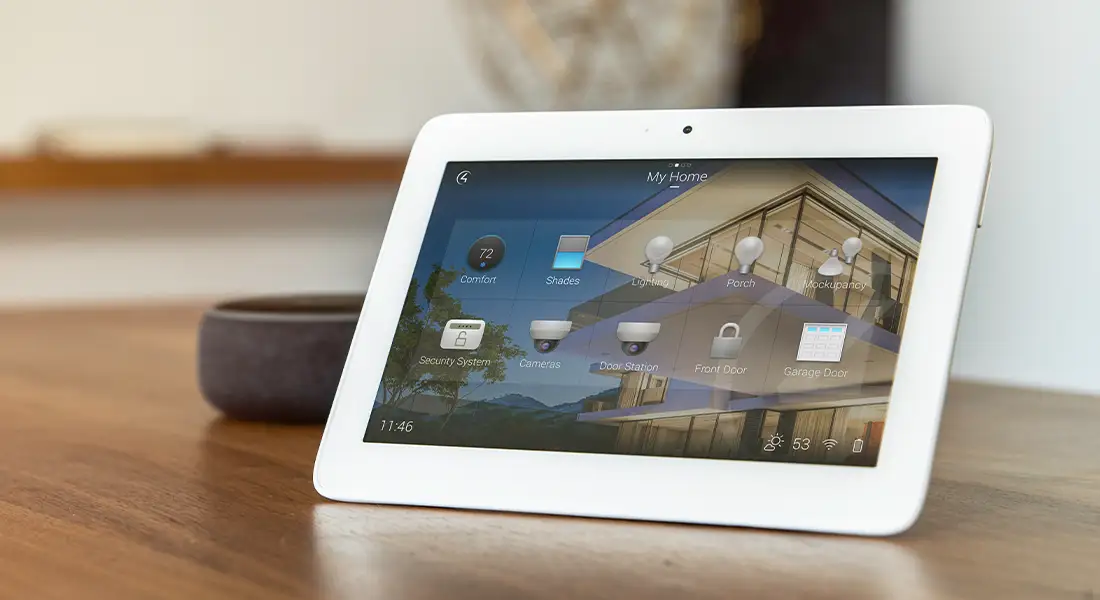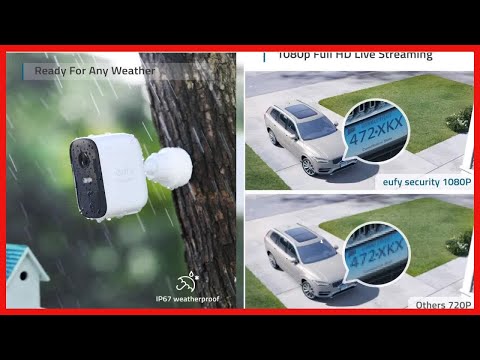Introduction to Home Automation
Home automation is the use of technology to automate various tasks in the home. It can range from a simple remote-controlled lighting system to a complex home security system. Home automation systems are becoming increasingly popular as they offer convenience, security and energy efficiency.
The main components of a home automation system are sensors, controllers, and display devices. Sensors detect the presence of people, objects, and other phenomena, controllers respond to the sensor input and control the environment, and display devices provide visual information about the system.
Types of Home Automation Sensors
Home automation sensors come in a variety of shapes and sizes, and can be used to detect a variety of phenomena. Some of the most common types of home automation sensors include:
- Motion sensors – These are used to detect the presence of people or animals in a room or area.
- Temperature sensors – These are used to detect the temperature of the room or area.
- Light sensors – These are used to detect the level of light in a room or area.
- Humidity sensors – These are used to detect the level of humidity in a room or area.
Uses of Home Automation Sensors
Home automation sensors can be used for a variety of purposes. Some of the most common uses for home automation sensors include:
- Security – Home automation sensors can be used to detect intruders, and trigger alarms or other security measures.
- Lighting – Home automation sensors can be used to detect the presence of people in a room, and automatically turn on and off lights.
- Climate Control – Home automation sensors can be used to detect temperature and humidity levels, and automatically adjust the climate control system.
- Energy Efficiency – Home automation sensors can be used to detect when a room or area is not in use, and automatically turn off lights and other electronics.
Types of Home Automation Display Devices
Home automation display devices provide visual feedback about the home automation system. The most common types of home automation display devices include:
- Monitors – Monitors are used to display visual information about the home automation system, such as the status of sensors or the status of the climate control system.
- Touchscreens – Touchscreens are used to control the home automation system, and can also be used to display information.
- Smartphones – Smartphones can be used to control the home automation system, and can also be used to display information.
- Tablets – Tablets can be used to control the home automation system, and can also be used to display information.
Benefits of Home Automation Display Devices
Home automation display devices provide a number of benefits, including:
- Convenience – Home automation display devices make it easy to control the home automation system from anywhere in the home.
- Safety – Home automation display devices allow users to monitor their home for potential threats, and take action if needed.
- Energy Efficiency – Home automation display devices can be used to monitor energy consumption and adjust settings to reduce energy consumption.
- Peace of Mind – Home automation display devices can be used to monitor the home while away, and ensure that everything is running smoothly.
Conclusion
Home automation systems are becoming increasingly popular, as they offer convenience, security and energy efficiency. Home automation systems are made up of sensors, controllers, and display devices. Sensors detect the presence of people, objects, and other phenomena, controllers respond to the sensor input, and display devices provide visual information. Home automation display devices provide a number of benefits, including convenience, safety, energy efficiency, and peace of mind.













